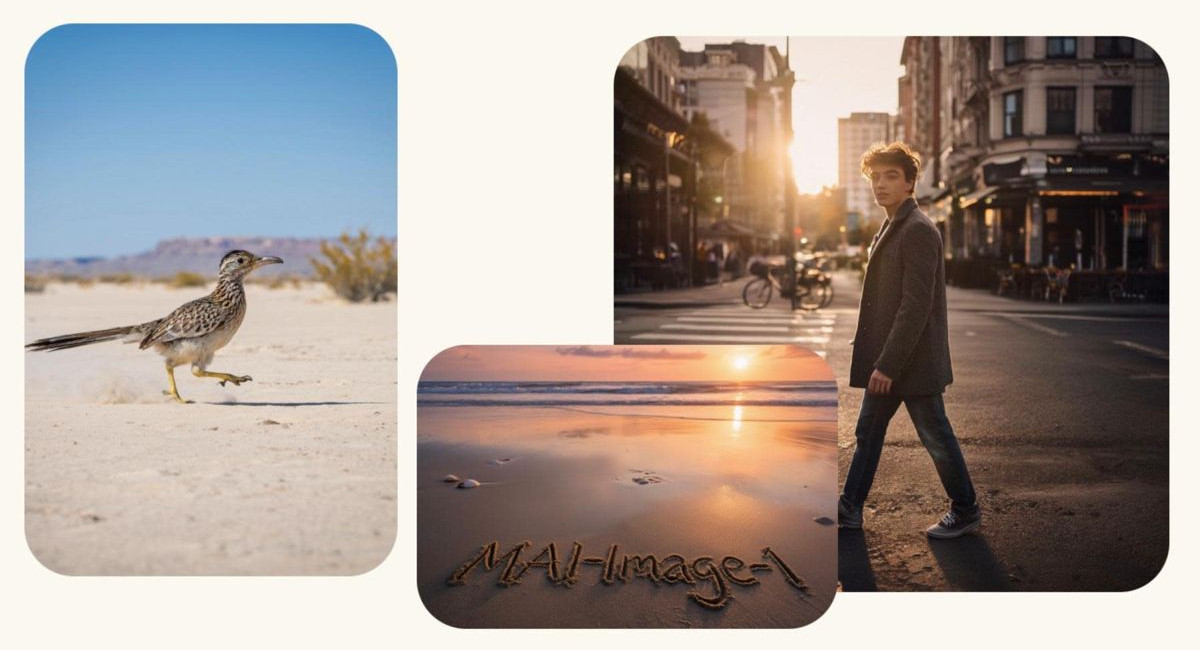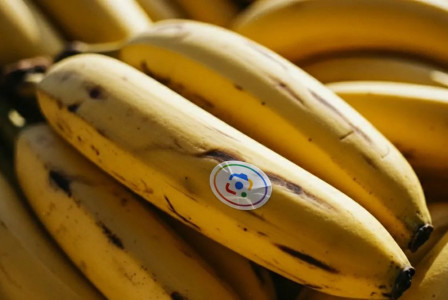SEARCH
Microsoft unveils MAI-Image-1, its first homegrown AI image generator

SHARE IT
Microsoft is taking another decisive step toward self-reliance in artificial intelligence, unveiling MAI-Image-1, its first internally developed AI model capable of generating images. The announcement signals a deepening shift away from the company’s long-standing dependence on OpenAI, marking the latest move in a broader effort to build a proprietary suite of AI tools across its platforms.
In a blog post released today, Microsoft described MAI-Image-1 as a model designed for photorealistic image generation, with a particular strength in creating lifelike lighting and natural landscapes. The company emphasized that the system excels in producing visuals that closely resemble real-world scenes, reflecting years of research and advances in AI image synthesis.
For now, MAI-Image-1 is undergoing testing on LMArena, Microsoft’s experimental AI platform where new models are evaluated before wider deployment. The company confirmed that broader integration is already on the horizon, with plans to roll out MAI-Image-1 to Copilot and Bing Image Creator “very soon.” Once launched, users will be able to access the model directly within Microsoft’s productivity and creative ecosystems, reinforcing the company’s goal of making AI tools more accessible and seamlessly integrated into its software environment.
The debut of MAI-Image-1 follows Microsoft’s growing ambition to take control of its AI development pipeline. Over the summer, the company made its first major move away from exclusive collaboration with OpenAI by unveiling two in-house models: MAI-Voice-1 and MAI-1-preview. Those releases were the first clear indication that Microsoft was preparing to build and maintain its own family of AI systems, spanning from voice and text to visual content generation.
Mustafa Suleyman, the head of Microsoft’s AI division, described the company’s long-term vision in an earlier interview, stating that it has “an enormous five-year roadmap that we’re investing in quarter after quarter.” This roadmap outlines an aggressive schedule of releases that aims to solidify Microsoft’s position as a leader not just in deploying AI but in building it from the ground up.
The launch of MAI-Image-1 can therefore be seen as another key milestone in that strategy. While Microsoft continues to collaborate with OpenAI — notably integrating GPT models into its Copilot features — the company’s internal development effort suggests a parallel track of innovation. By developing its own models, Microsoft gains greater control over data, deployment, and customization — advantages that are critical in a rapidly evolving AI landscape where speed and differentiation are everything.
MAI-Image-1’s focus on photorealism may also give Microsoft a competitive edge in a crowded market for AI-generated imagery. Current leaders like Midjourney, DALL·E, and Stable Diffusion have each carved out niches in creative illustration and concept art. Microsoft, however, appears to be prioritizing accuracy and realism — qualities that could make its model particularly appealing for professional use cases such as design mockups, advertising, education, and digital content production.
Although details about the model’s underlying architecture remain limited, Microsoft’s emphasis on “natural lighting” and “realistic landscapes” suggests the company has trained MAI-Image-1 on a diverse, high-quality dataset that enables nuanced rendering of shadows, reflections, and textures. The choice to debut it first on LMArena indicates that Microsoft is still refining performance and ensuring safety before full public release — a cautious approach that mirrors its broader strategy toward responsible AI development.
MORE NEWS FOR YOU

 Help & Support
Help & Support 

